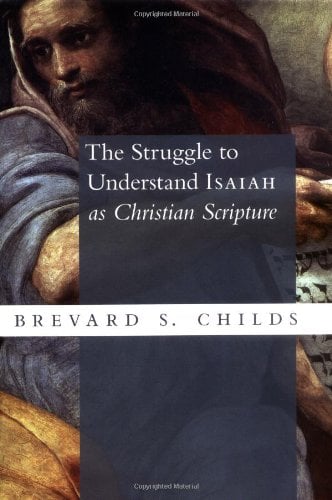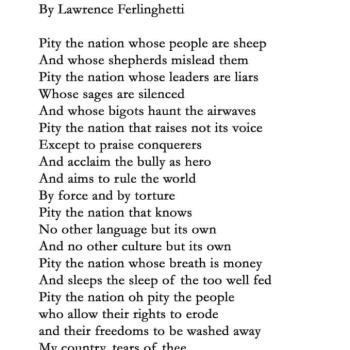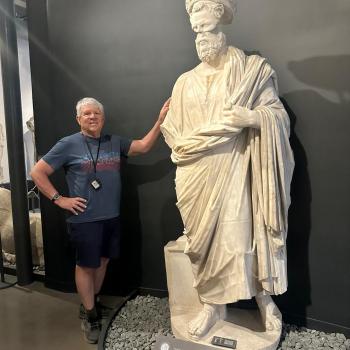As Childs point out, Calvin did not see a major difference between the intentions of the human author and the intentions of the Holy Spirit in inspiring the human author to say this or that. He acknowledges that the full personality and knowledge of the human author is in play but is guided by the Spirit. Calvin uses the principle of analogy, even literary analogy, to apply the Biblical text to his own current situation.
As Childs, (following my old teacher T.H.L. Parker) says, the category of covenant is not for Calvin, as it is for later Reformed theology, the all embracing hermeneutical key or idea by which one makes sense of all else. In Calvin’s view there is simply the covenant with Abraham which actually is the calling into being of the church before the church. The time before Christ is called the childhood of the church. While the election of Abraham set off Israel from all other nations, the covenant was not made with the physical descendants of Abraham but with faithful invisible Israel within the historical nation. Of course in fact, there is no doctrine of the invisible elect, either in the OT discussions of Israel or in the NT discussions of the church. This is something Calvin derives from Augustine and Luther before him.
Childs is right to point out that Calvin had a concept of God accommodating his means of conveying truth to the capacity of his human audience. For example, Calvin says God accommodated the story of creation, speaking in a way that simple uneducated people could understand. Speculating on the details, therefore, only distracts one from the larger truth of the account about God’s divine activity. Calvin is one who finds typology a helpful way to view and interpret the relationship of the OT to the NT. It takes seriously the historical character of persons and institutions in the OT while at the same time that God has a larger design of things, and so there is a pattern to salvation history, with earlier persons and things foreshadowing and preparing for later persons and things. Calvin did not make the sort of sharp dichotomy between Law and Gospel that one finds in places in Luther. He chose to follow the approach to the Law in Hebrews, rather than the more radical statements in Galatians, which was Luther’s favorite source for talking about the Law. For Calvin the Law was a schoolmaster not a tyrant, and was meant to point or lead persons to Christ.
Calvin wanted to maintain that there is only one covenant between God and his people, basically, but in two administrations, the former focuses more on earthly blessing the latter more on heavenly ones, the former is made with one nation, in the latter all nations are included. Calvin is different from most Protestant exegetes of the period, including Luther and later in the Reformed tradition in this regard (as Childs notes): “Calvin objects to traditional Christian exegesis as using weak arguments to support Christian doctrine [including the use of OT prophecies, applying them directly to Christ] that subject the church to the ridicule of the Jews.”
Calvin’s exegesis of John 12.41 is interesting— he says the OT prophets saw Christ’s glory, which is to say the visible image of the invisible God. He doesn’t want to suggest that they saw Christ himself in detail in advance. But, and it is a big but, Calvin on the basis of texts like 1 Pet. 1.10-11 or Heb. 11.10 attributes to OT figures like an Abraham or a David what can be called Christian inclinations, that is, David knew he was only a type of the later promised Messiah, or the priests of the OT knew that their practice of sacrifice would only gain full meaning when the messiah came.













